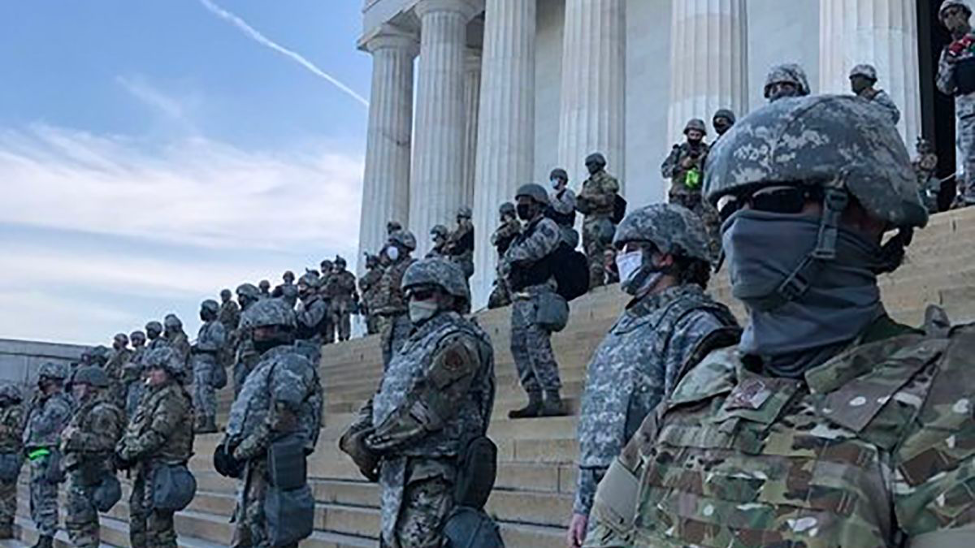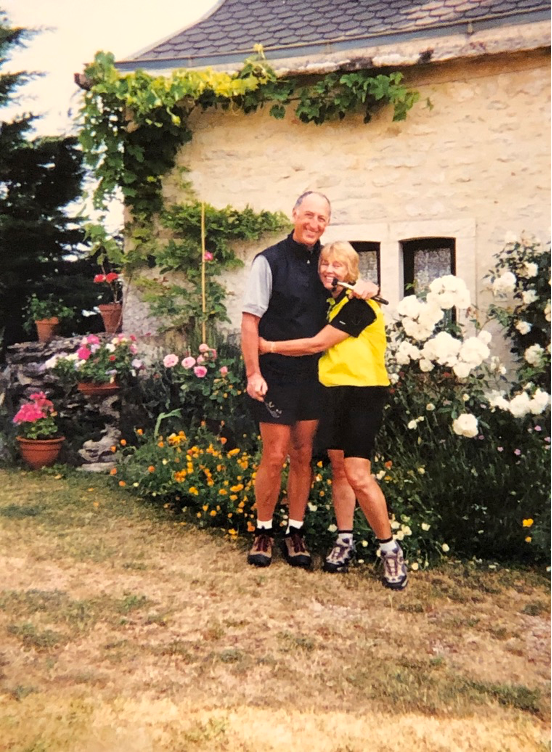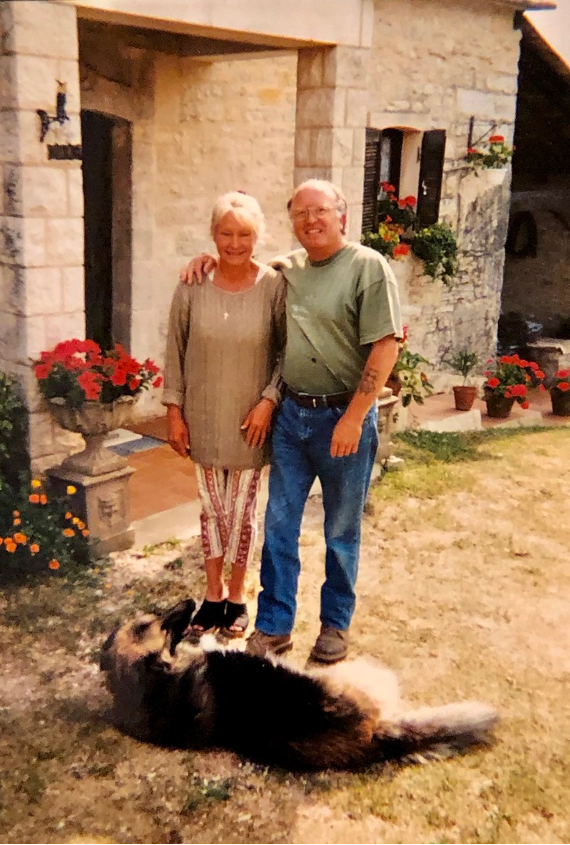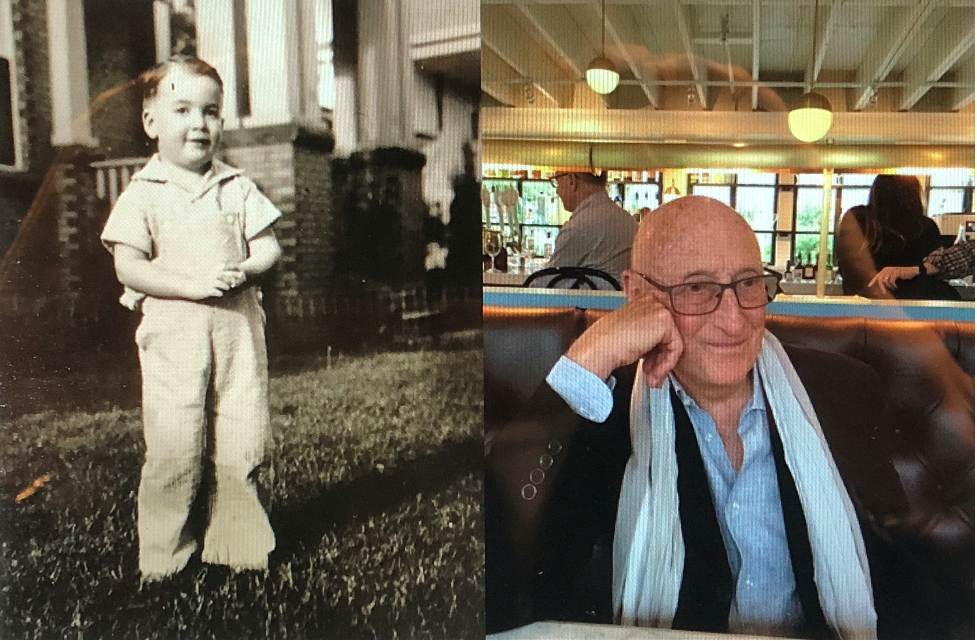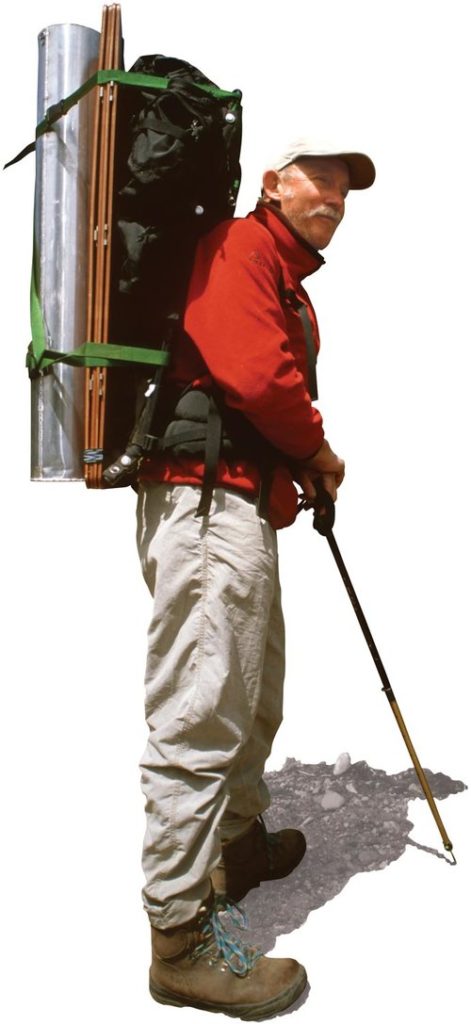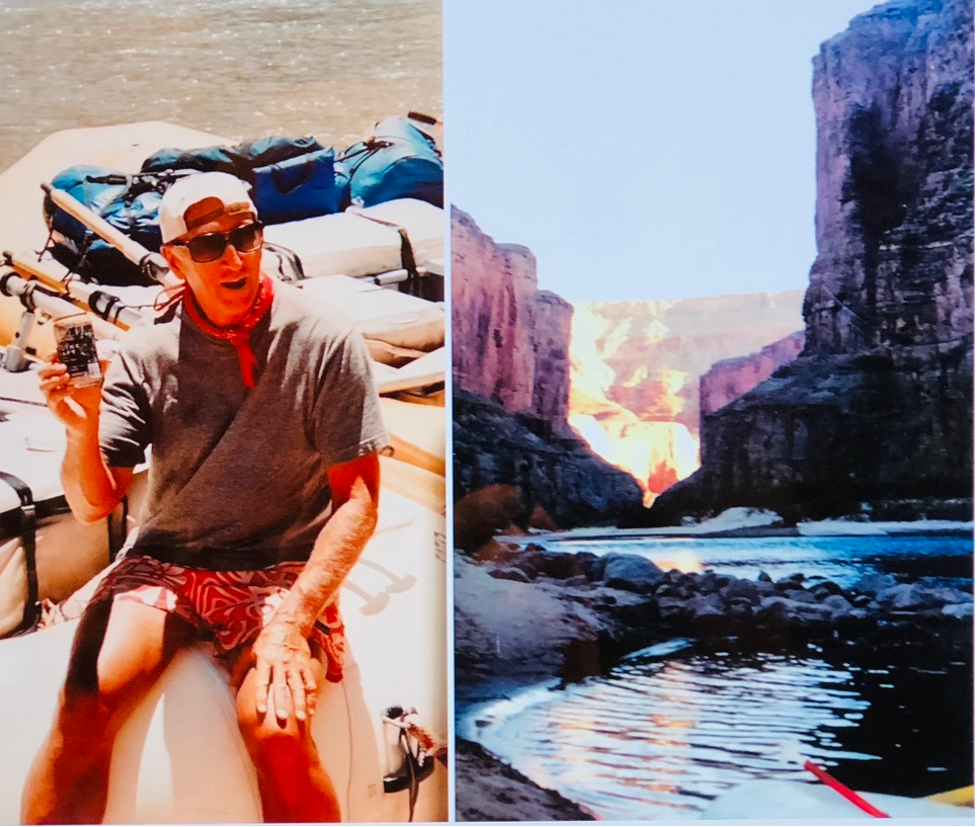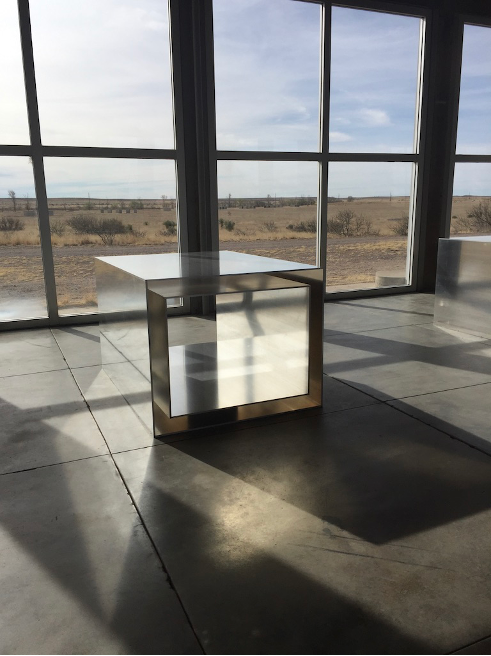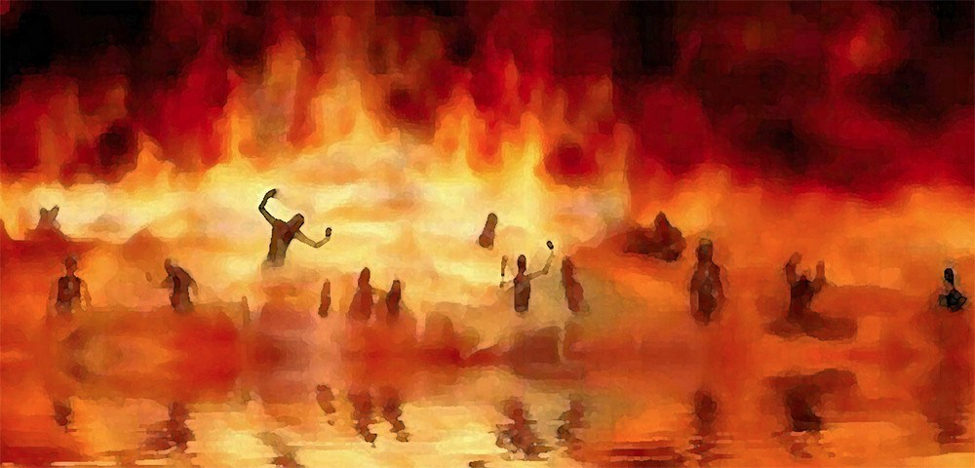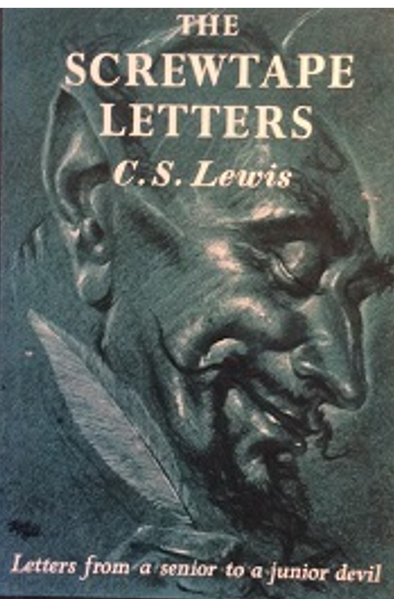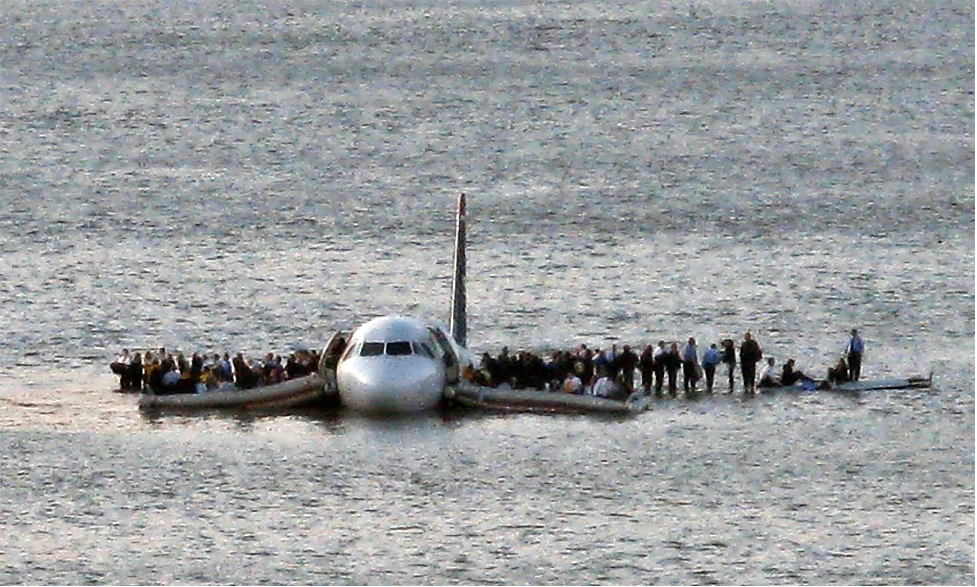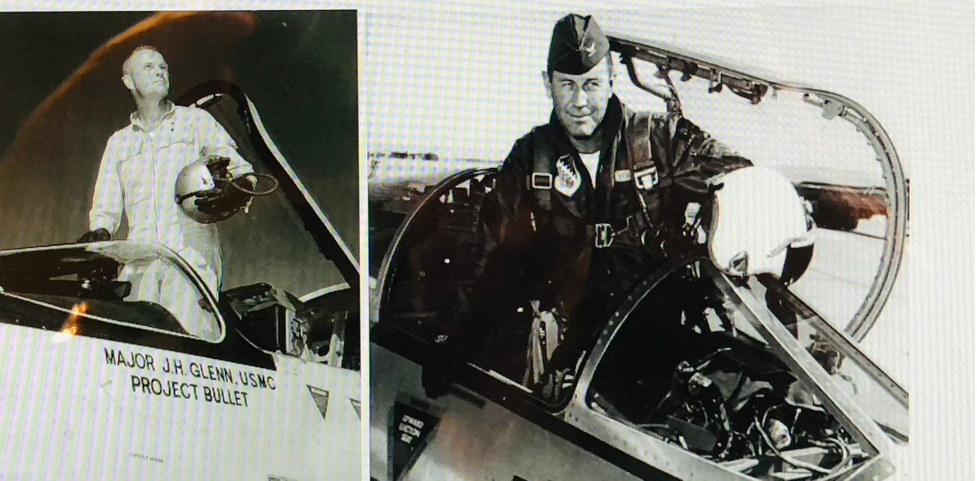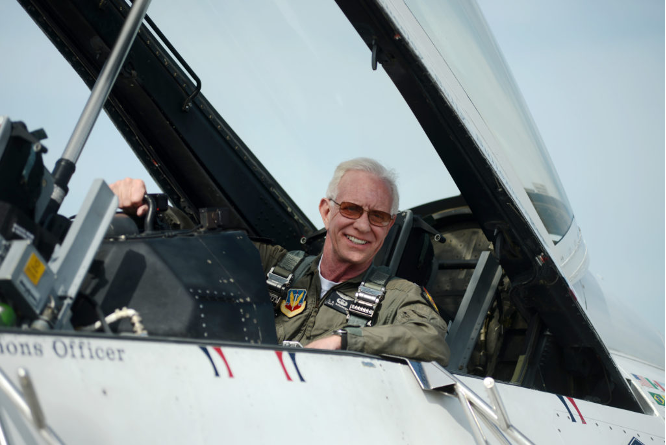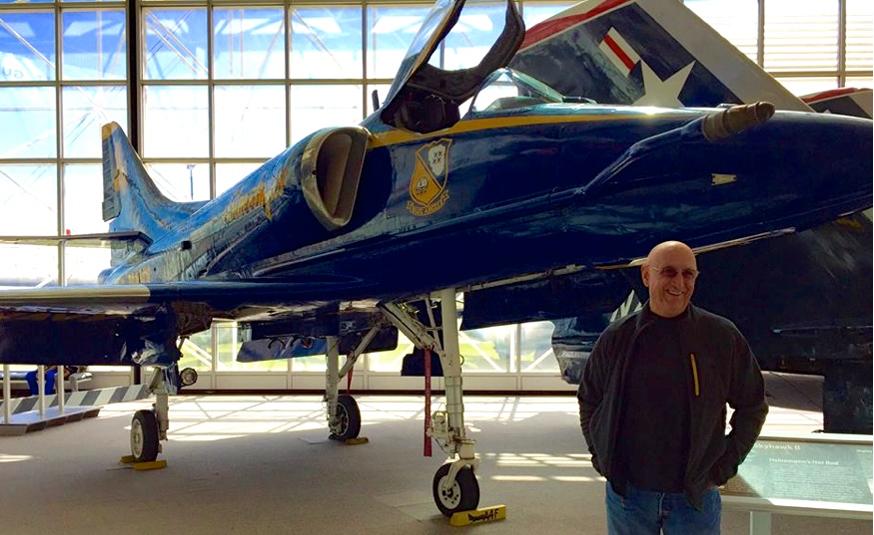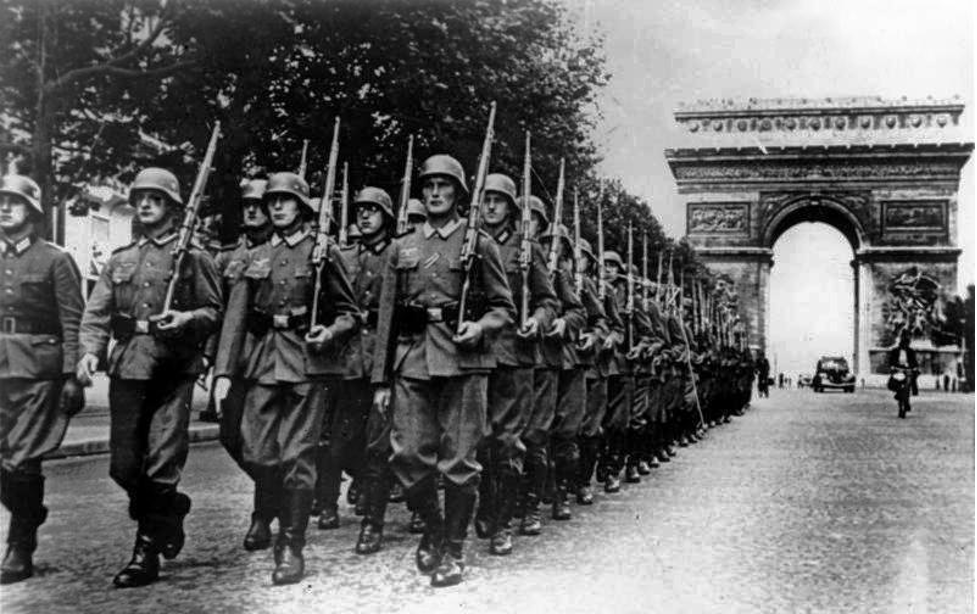
In the waning days of World War II, France was deeply divided. Invaded in 1940, it quickly capitulated and for four years was humiliated by the German occupation and puppet government in Vichy.
Local Resistance cells were established throughout the country to aid the Allies and Free French Forces of General Charles de Gaulle’s government in exile, but the majority of French citizens kept their heads down, went carefully about their business, and submitted to the humiliating occupation.
As the war dragged on the Resistance gained strength, but toward the end it splintered. Factions fought internally and jockeyed for dominance. Today we see them as heroic freedom fighters, but they were deeply divided. And, there was a lot of score-settling against those thought to be collaborators.
All this is described and documented in two recent books about the period – Lynne Olson’s non-fiction thriller Madame Fourcade’s Secret War and Harriet Welty Rochefort’s novel Final Transgression. Olson chronicles the story of the woman who led France’s largest Resistance cell, and Rochefort’s novel recounts the ordeal of a woman caught between her own personal drama and the war’s tensions and factions.
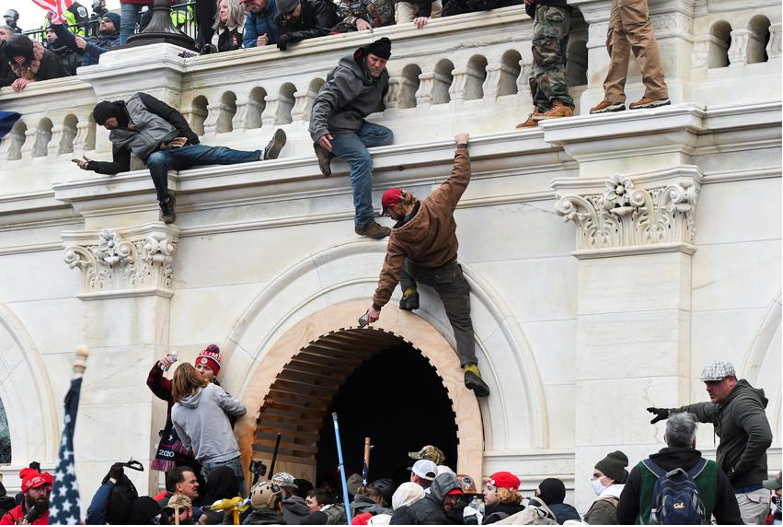
It may seem a stretch, but the current divide in America has similarities. Most Americans are keeping their heads down, going about their business, hoping to escape the scourge of coronavirus while others are engaged in political warfare.
Some, on the far right, feeding off the inflammatory rhetoric of Donald Trump, have chosen a violent frontal attack on elected officials and institutions while the Black Lives Matter movement copes with the deaths of more than a dozen unarmed black Americans at the hands of white policemen.
America is under attack. The Capitol Building was breached. Five people died. Law enforcement was overwhelmed. Statues smashed. Windows broken. Doors splintered. Offices ransacked. Items stolen.
Vigilantes roamed the halls and chambers with zip ties, a noose, knives, clubs and small arms looking for the Vice-President, Speaker of the House, Senators and Representatives and staff.
In Harriet Rochefort’s novel Final Transgression, an innocent woman is executed because she was in the wrong place with the wrong people. Last week, an unarmed black man was shot by a Columbus Ohio policeman while holding his cellphone up to show he was unarmed. He was in the wrong place at the wrong time. A hair trigger mistake – like Breonna Taylor.
America is in the throes of mob violence, egged on by a Mob boss and his family, following a failed run for president. And it’s not over. 75 million people voted for him and more than half of them believe his lie that the election was stolen. So much of what makes a nation like ours work is based on good faith and good intentions. The rule of law and the social contract depend on them.
In 1940, jack-booted Germans marched down the Champs-Elysée, and ordinary French citizens wept at the sight. There are no jack-boots on Pennsylvania Avenue yet despite Trump’s sacking of the Pentagon leadership. So far, the miliitary is staying in its own apolitical lane.
Next Wednesday, at high noon there will be a transfer of power in Washington. President-Elect Joe Biden has said he is not afraid to take the oath of office outside on the inaugural platform. Four-star General Barry McCaffery thinks the ceremony should be moved inside the Capitol to as a precaution. Donald Trump will be nowhere near the action, and that’s good, but his goons will be there. I agree with General McCaffery. We should minimize the risk.
Donald Trump is toast after Wednesday’s Capitol carnage. Twitter, Facebook, Instagram and Amazon have silenced his voice. His banks have pulled the plug. His donors are fleeing. Corporations have announced they will not support his acolytes and defenders, and the PGA has canceled next year’s PGA Championship at Bedminster. Today the House of Representatives will vote on an Article of Impeachment.
At his Save America Rally prior to the American Carnage experience at the Capitol, Donald Trump Jr. told his father’s enemies, “We’re coming for you. And it will be fun.” Little did he realize those same words might be applied to his family’s criminal enterprise and become the FBI, Justice Department, and the US Congress’s refrain in 2021.
Trump had visions of a jackbooted parade with tanks and missiles driving down Pennsylvania Avenue last year. The Resistance helped defeat the Germans. Hitler died in the Berlin bunker. What will Donald Trump’s fate be?
